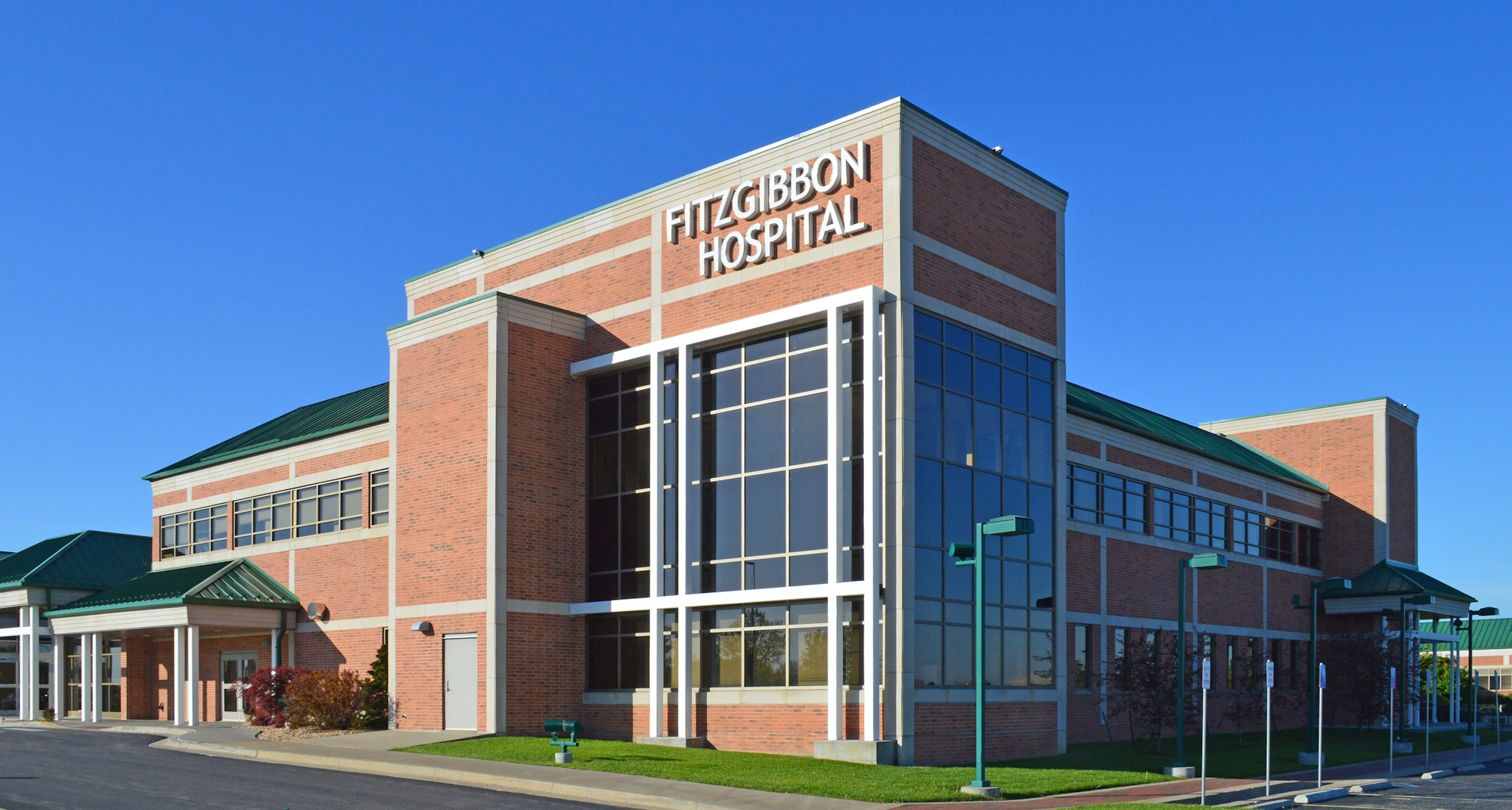Prostate Cancer
What is Prostate Cancer?
The prostate is a gland found only in men. As shown in the picture below, the prostate is just below the bladder and in front of the rectum. It is about the size of a walnut. The tube that carries urine (the urethra) runs through the prostate. The prostate contains cells that make some of the fluid (semen) that protects and nourishes the sperm.
The prostate begins to develop before birth and keeps on growing until a man reaches adulthood. Male hormones (called androgens) cause this growth. If male hormone levels are low, the prostate gland will not grow to full size. In older men, though, the part of the prostate around the urethra may keep on growing. This causes BPH (benign prostatic hyperplasia) which can lead to problems passing urine. BPH is a problem that must be treated, but it is not cancer.
Risk Factors for Prostate Cancer
- Age
- Gender
- Race/ethnicity
- Nationality
- Family History
Can Prostate Cancer be prevented?
While the results of research studies are not yet clear, you may be able to reduce your risk of prostate cancer by changing the way you eat. The ACS suggests eating less red meat and fat and eating more vegetables, fruits, and whole grains. Eat 5 or more servings of fruits and vegetables each day. These guidelines give you a healthy way to eat that may help lower your risk for some types of cancer, as well as other diseases.
Signs and Symptoms
Early prostate cancer often causes no symptoms. It may be found by a PSA test or DRE. Problems with urinating could be a sign of advanced prostate cancer, but more often this problem is caused by a less serious disease known as BPH (benign prostatic hyperplasia).
Symptoms of advanced prostate cancer are- Trouble having or keeping an erection (impotence)
- Blood in the urine
- Pain in the spine, hips, ribs, or other bones
- Weakness or numbness in the legs or feet
- Loss of bladder or bowel control
Test to Find Prostate Cancer
- PSA blood test
- DRE (Digital Rectal Exam)
- Transurethral Ultrasound
Treatment for Prostate Cancer
- Surgery
- Radiation Therapy
- Hormone Therapy
- Chemotherapy
Treatment is based on the type of tumor, and in many cases a combination of treatments is used. The effectiveness of the treatment depends on the number of factors including the type, size and location of the tumor.
http://www.cancer.org/Cancer/ProstateCancer/OverviewGuide/index

